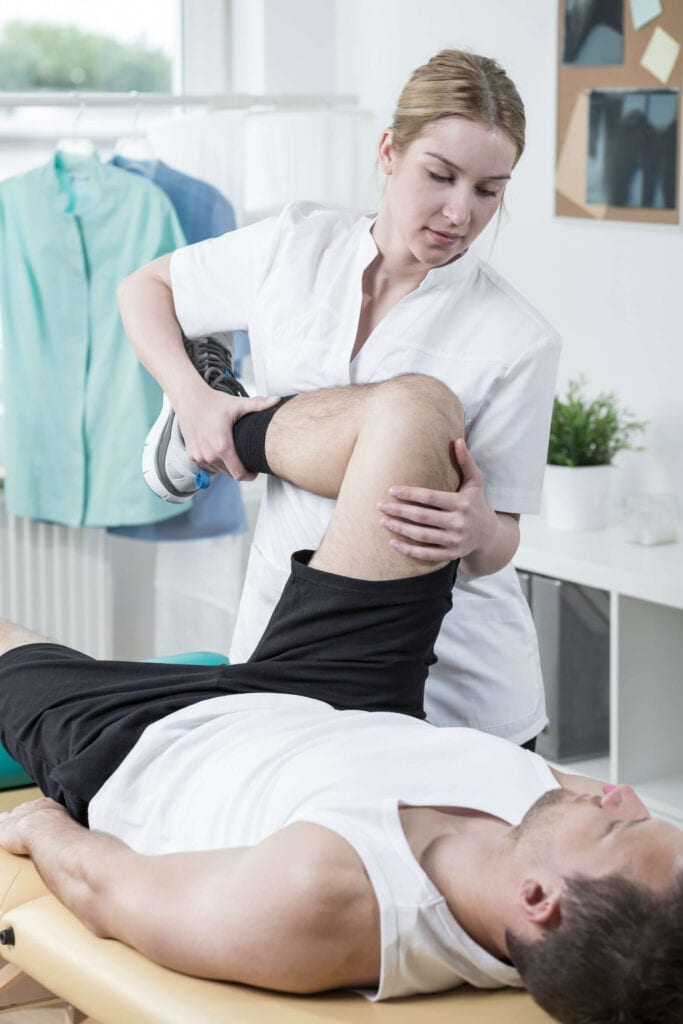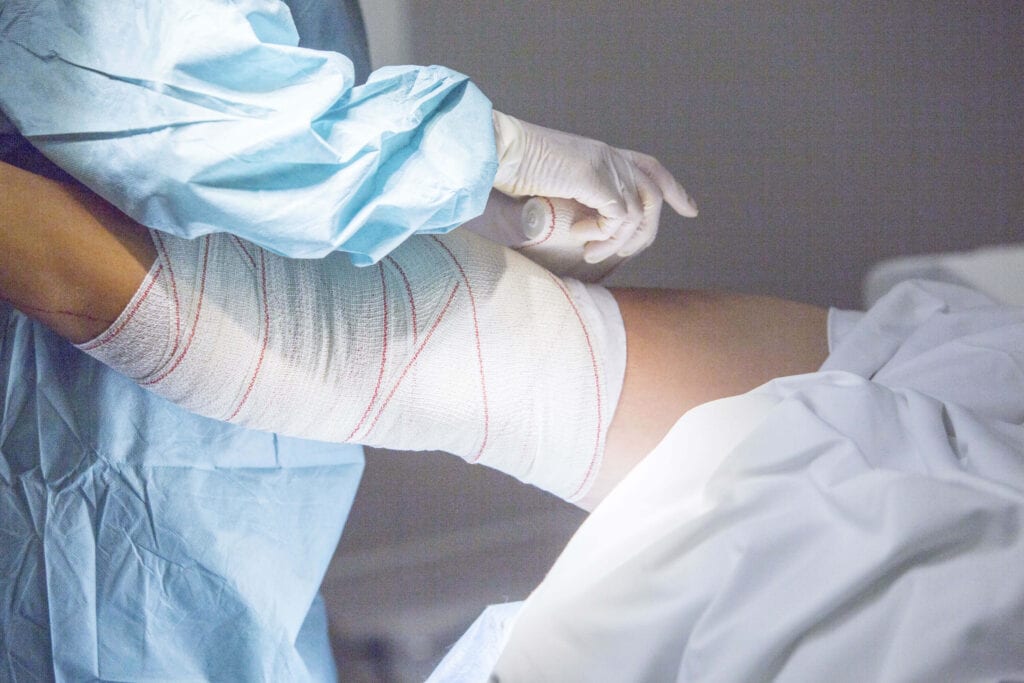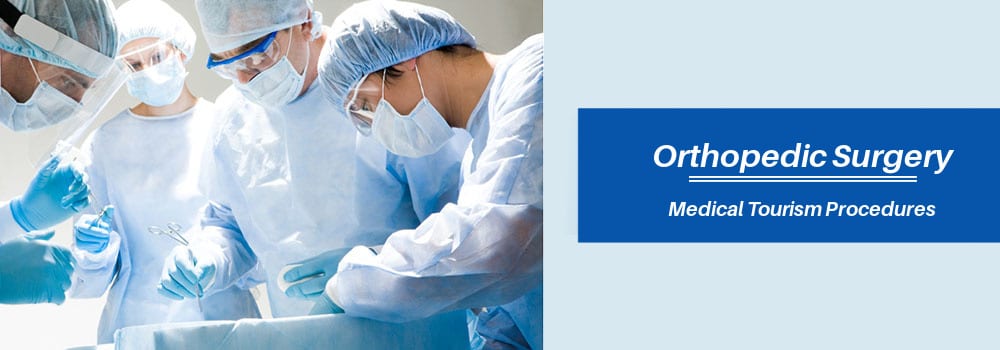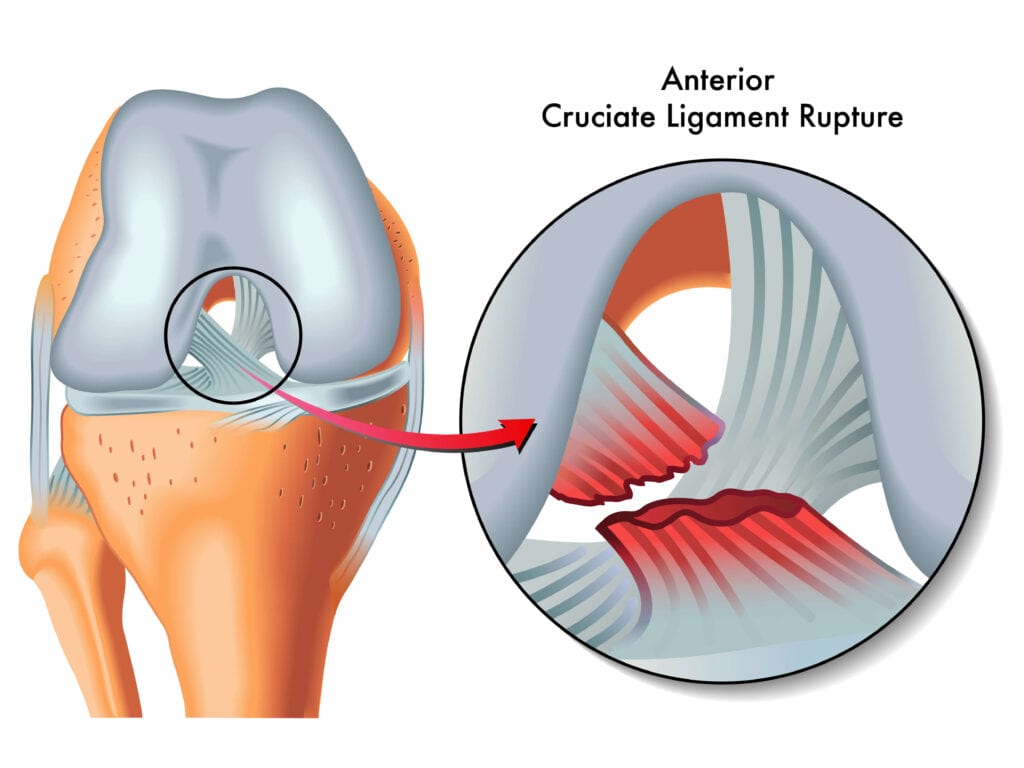How much does ACL surgery cost?
In the United States the average cost of anterior cruciate ligament surgery is approximately $22,000, though this can vary hugely between states. At private hospitals in the UK you can expect to pay around $11,000 for ACL surgery, whilst Australian hospitals are likely to charge somewhere in the region of $14-16,000.
With the cost of ACL reconstruction beyond the means of many patients, the option of travelling abroad for more affordable treatment is becoming increasingly popular. Whilst the prices may be lower, the quality of care is the same, with internationally-trained surgeons at accredited hospitals providing high standards.
How long is the waiting time for ACL surgery?
In the United Kingdom, ACL surgery on the NHS has an average waiting time of around 12 weeks. In the United States, on the other hand, waiting times can extend to as long as 6 months.
By travelling abroad for ACL reconstruction surgery you can cut down waiting times dramatically. Many hospitals around the world which cater to international patients are able to operate within a matter of a few weeks, usually at the convenience of the patient.
How is an ACL injury treated?
The initial treatment for an anterior cruciate ligament injury involves the application of the ‘R.I.C.E’ model: rest, ice, compression, and elevation. This should reduce the pain and swelling in the days and weeks after the injury. You may also need to walk with crutches for the first week or so.
Physical rehabilitation will first be suggested before any commitment to surgery is made. ACL injuries which are not severe and involve only a partial tear of the ligament may be successfully treated with a course of physical therapy, which aims to strengthen the surrounding muscles and restore full function to the knee. The option of physical therapy, however, is only really suitable for patients who only engage in light activities which don’t place a great deal of strain upon the knee joint.

How is ACL reconstruction surgery performed?
Once a date is set for your ACL surgery you should begin to prepare for the days and weeks that will follow the procedure. Your mobility will be affected by the surgery and you will find it tough to perform normal day-to-day activities, which means you need to find someone who can help you around the house for a couple of weeks.
In terms of physical preparation for ACL surgery it is a good idea to build the strength in the surrounding muscles in the weeks leading up to the procedure. This will help you greatly during the recovery period and speed up the rehabilitation process.
ACL surgery is performed under general anesthesia and generally lasts around 2 hours, depending on the extent of the damage within the knee joint. It can also be carried out using local anesthesia if requested, but this is rare.
The healthy tissue that will replaced the damaged anterior cruciate ligament will either come from a donor or from elsewhere on your body. If it is taken from your body, the surgeon must first extract the tissue from either the hamstring or within the kneecap itself. Tissue taken from a donor is known as an allograft and is usually delivered to the operating theater just before the procedure begins.
The surgeon starts by making a small incision below the kneecap in order to access the ligament. The majority of ACL surgeries nowadays are carried out using arthroscopy, which involves the insertion of a camera through an incision, allowing the surgeon to work on the inside of the knee without opening it up. Not only does this result in greater accuracy, but it also means that the incision leaves minimal scarring and doesn’t take so long to heal.
Guided by the camera, the surgeon will then assess the damage inside the knee and remove any ligament and tissue which is beyond repair. If the ACL is found to be fully torn it will be removed entirely. The replacement tissue is then worked through tunnels in the bone to the site of the ACL, where it is fixed to the bone using screws or cement-like filler material. During the healing process the bone will fuse to the new ligament and hold it naturally in place.
Once the new ligament has been attached, the incision is then closed and stitched up.
ACL surgery recovery
The knee is wrapped in a number of dressings and gauzes after surgery, and a supportive knee brace is usually used to protect the joint. A blood drain may also be used to prevent blood clots and promote good circulation. It is important to keep the site of the incision clean and dry during the healing process to prevent infection.

Pain and swelling are to be expected and can be treated using medication.
Rehabilitation begins almost immediately after the surgery. Your surgeon or orthopedic team will give you a set of exercises that you can start to practice at home, which aim to build strength and allow the new ligament to integrate with the surrounding bone and tissue. In some cases lymph drainage massage is recommended after ACL surgery, which helps clear the leg of toxins, restores healthy circulation and helps the wounds to heal.
Crutches are needed for a minimum of 4 weeks after ACL reconstruction, and may be required for up to 2 months before you are able to walk unaided. Your knee brace might also be changed around 2 weeks after the surgery, from one which allows limited motion to one which provides a full range of flexion
Physical therapy is an essential part of the recovery process. Putting effort and time into the rehabilitation exercises is the only way of returning the anterior cruciate ligament and the overall knee joint to condition it was in prior to the injury. Depending on the goals of the patient and the motivations behind the surgery, physical therapy can last anywhere between 3 weeks and 6 months.
The length of time you will need to remain away from work depends on your job. Patients are usually able to return to office work after a couple of weeks, but any work which is more physical and will put strain on the knee should be avoided until your surgeon has approved your return.
Athletes who undergo ACL reconstruction usually need around 4 to 6 months before they can return to competitive sports. No matter how strong the reconstructed ACL feels, participating in high-intensity sport or anything that involves physical contact and twisting before it has fully integrated with the knee joint can threaten its structural integrity. It is therefore important that rehabilitation is completed before a full return to physical activity is made.
What is the anterior cruciate ligament?
There are four major ligaments inside the knee joint and the anterior cruciate ligament (ACL) is perhaps the most important. The ACL provides stability to the joint and prevents the lower part of the leg from twisting or sliding too much, and a healthy ACL is therefore essential for exercise and sports as well as general day-to-day activities.
What is an ACL tear?
The anterior cruciate ligament is prone to tearing when the knee joint is overstretched or twists in an awkward manner, which can lead to the fibres of the ligament becoming damaged. In fact, the ACL only needs to stretched by around 2mm before it begins to tear. The fibres of the ACL can either partially tear or can fully rupture.
Around 80% of anterior cruciate ligament injuries occur without any impact or contact with the knee. The majority of tears are caused by a sudden change of direction, an awkward landing, a sudden stop after running at high speed or the bending of the knee in the wrong direction. In most ACL tear cases the implanted foot fails to follow the movement of the knee joint.
The other 20% of ACL injuries are caused by a blow to the knee, either from the side or the front. Again, these tend to occur when the leg is firmly planted and the motion of the knee causes it to flex too far. Contact ACL injuries are most common in sports such as football, basketball and rugby, but can also be caused by events such as high-impact accidents or falls.
How do I know if I have torn my ACL?
The first indication that an ACL is torn is at the time of the initial injury, which is usually characterized by an audible ‘popping’ or cracking sound. In the immediate aftermath of the injury you will find that the knee is extremely unstable and you may not be able to walk unaided. Many people also report a sensation of the knee ‘giving way’ underneath them. ACL tears also result in significant pain, which feels like a sudden shooting pain and later develops into a numb burning sensation. You may find that putting any weight on the leg is too painful and the area around the knee joint is sensitive to the touch.
Another sign that an ACL has ruptured is a significant amount of swelling developing in the hours after the injury. Fluid may also build up around the knee and will appear red and inflamed. Bruising is also likely to appear in the hours following the initial injury.
The best way to be certain that an ACL is torn is to see a doctor the following day for a definite diagnosis. The doctor can perform a number of tests involving the range of motion of the knee to determine whether the ACL is torn. Often, however, an ACL tear can not be diagnosed via a physical exam alone and further tests are required. A magnetic resonance imaging (MRI) scan is the most common way to assess the extent of the damage in the ligaments, tendons and cartilage, and can usually confirm a doctor’s suspicion that the ACL is torn.
About Make Medical Trip’s Staff
MakeMedicalTrip.com makes medical travel easy by connecting patients with clinics, hospitals, and medical tourism agencies worldwide, completely free of charge. We have clinics specializing in everything from dentistry to bariatrics. Learn more about how Make Medical Trip works at www.makemedicaltrip.com/how-we-help-you/




